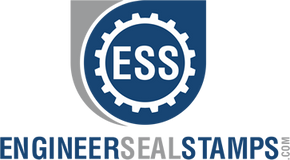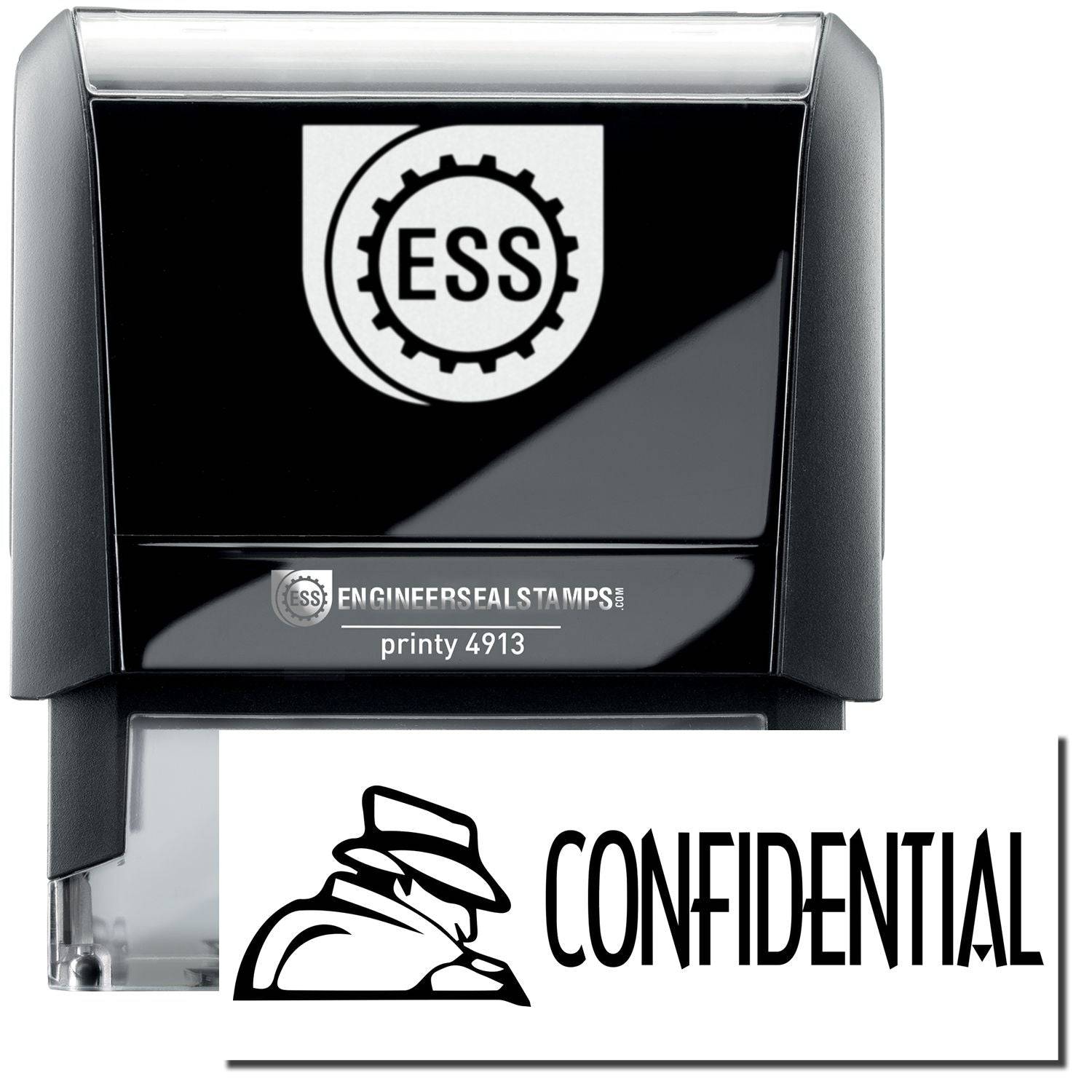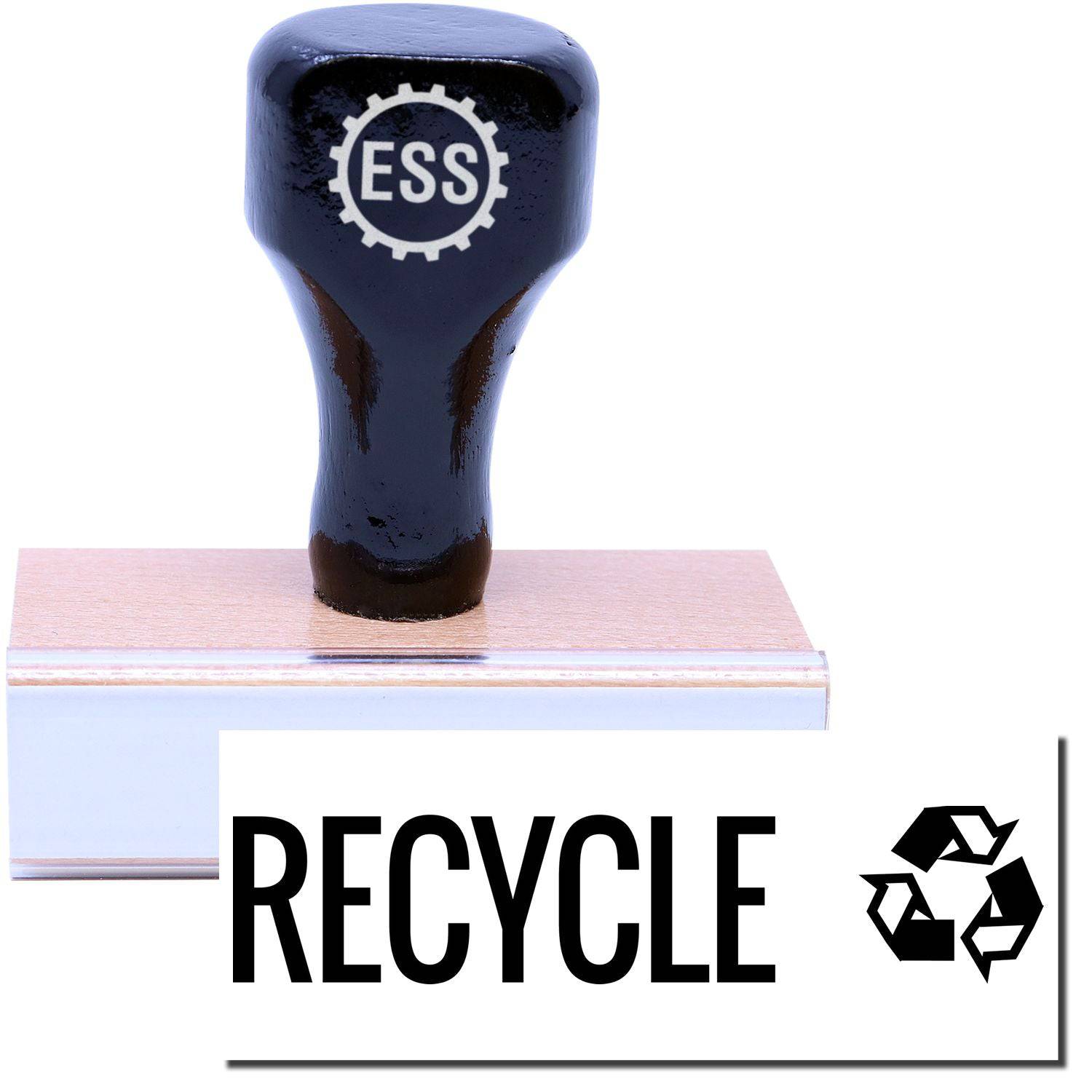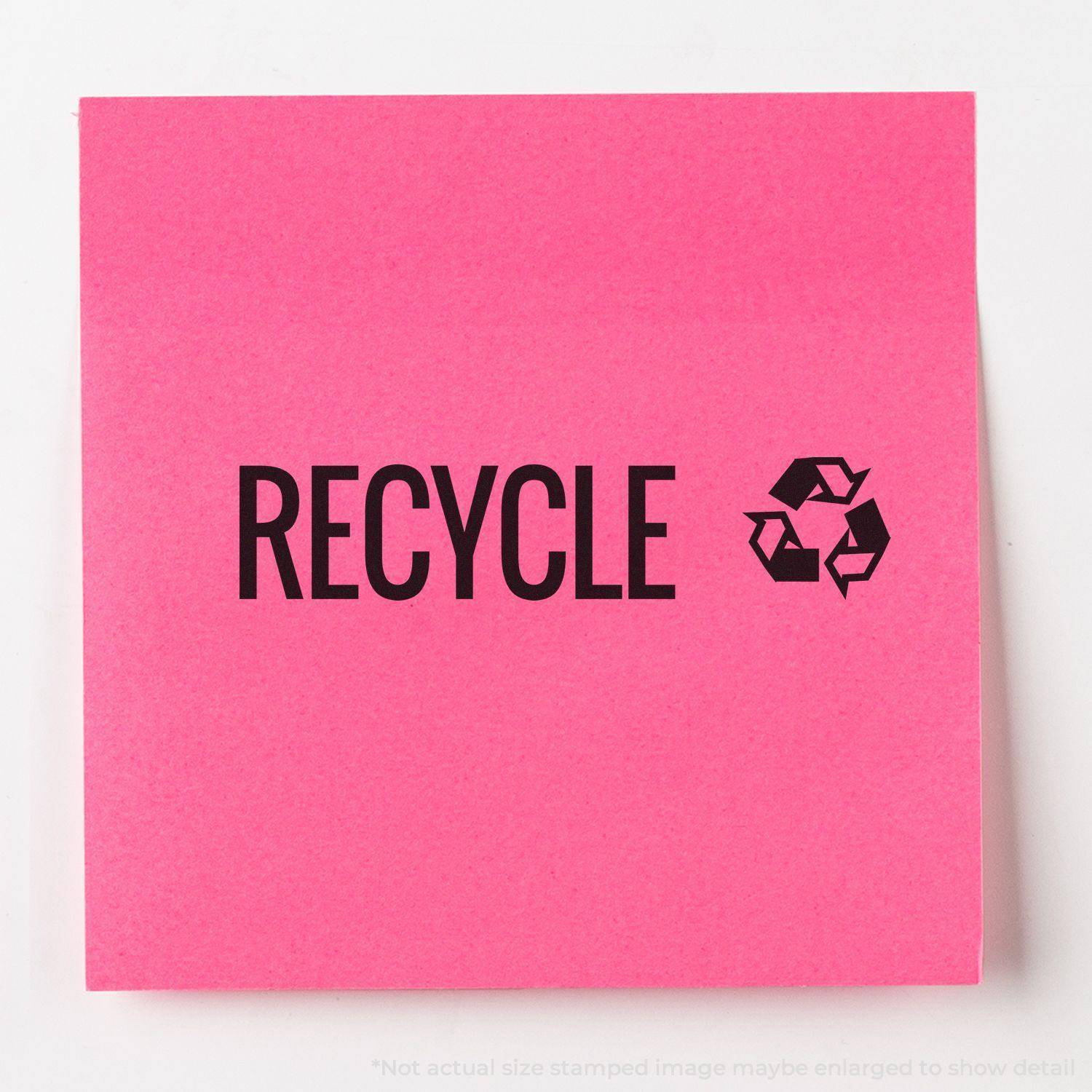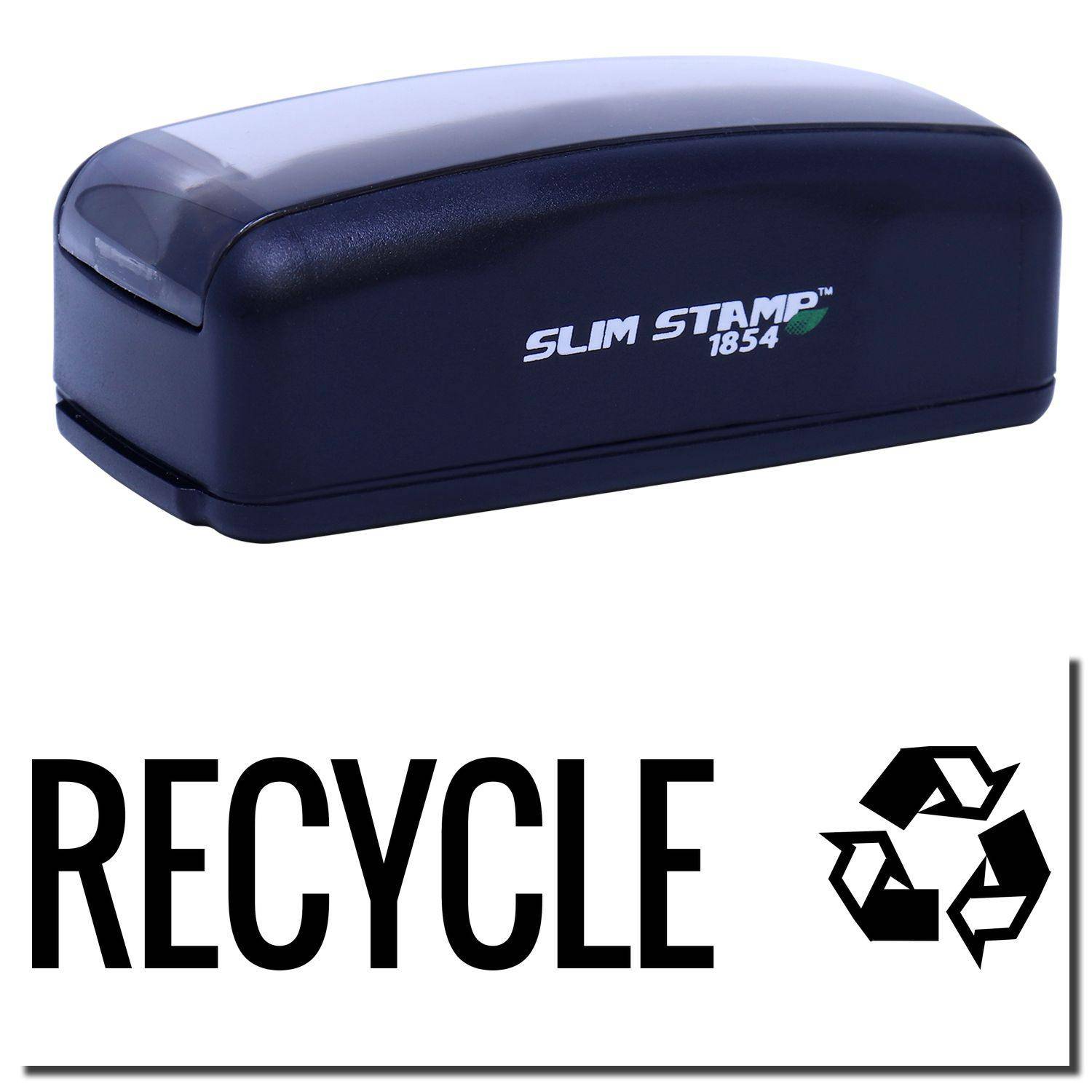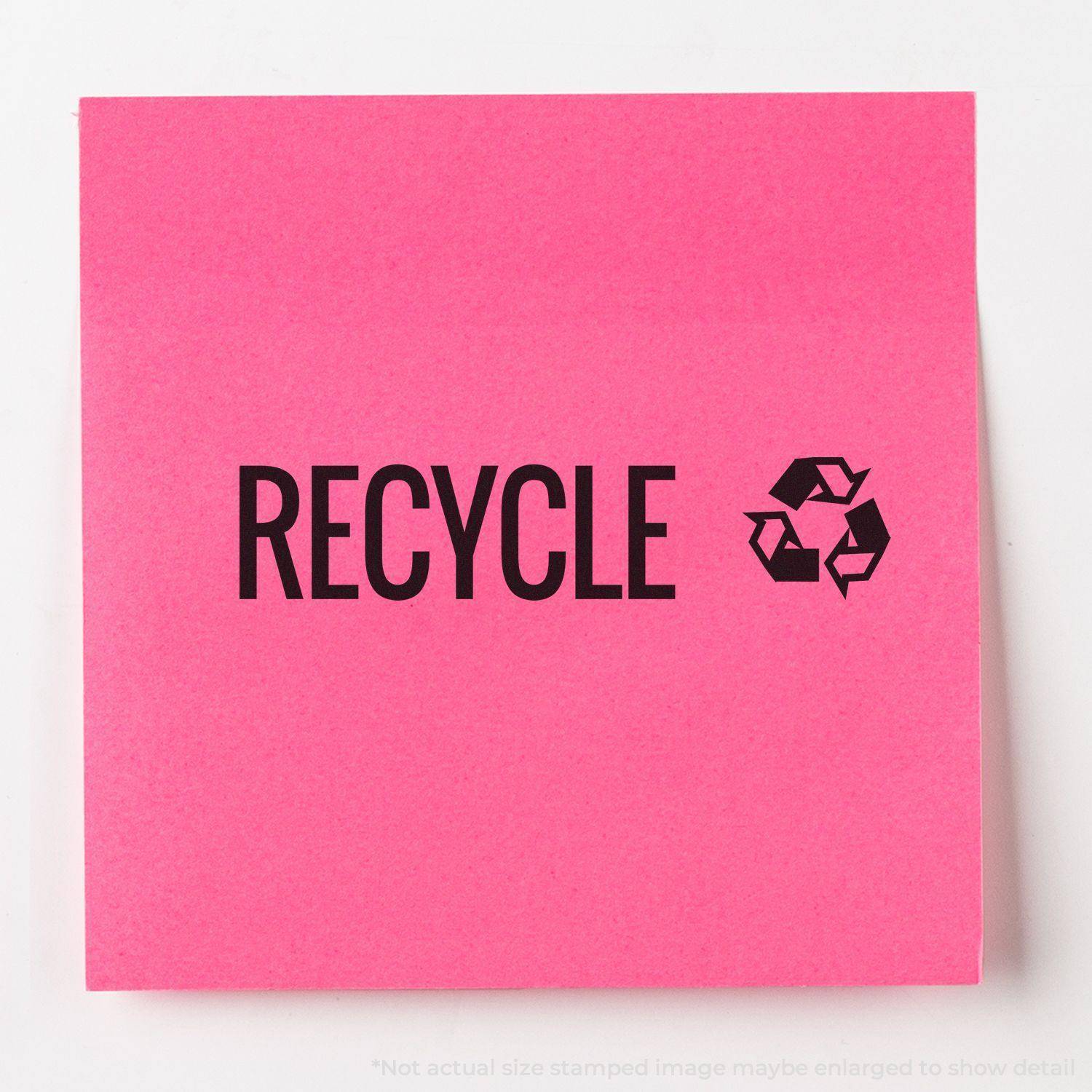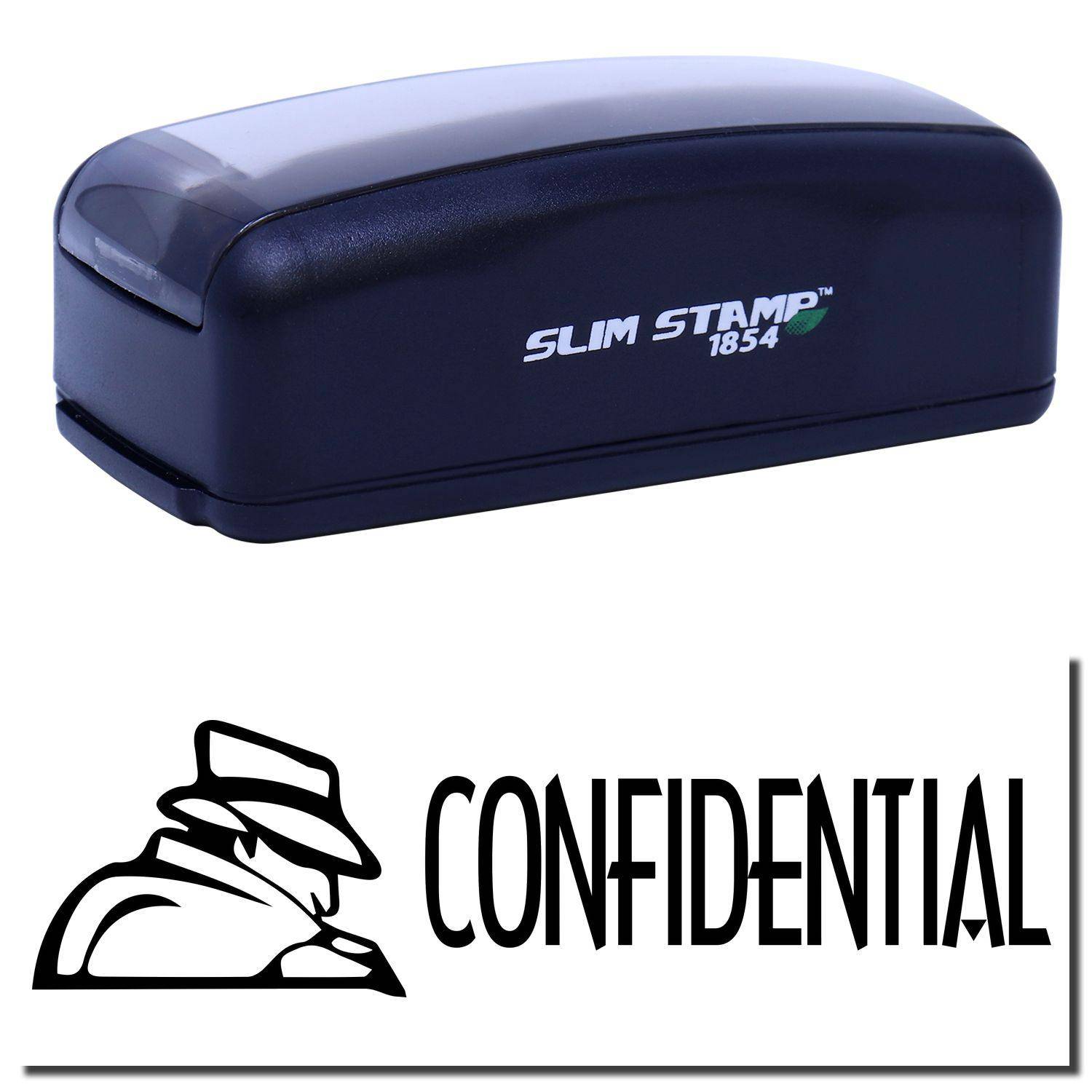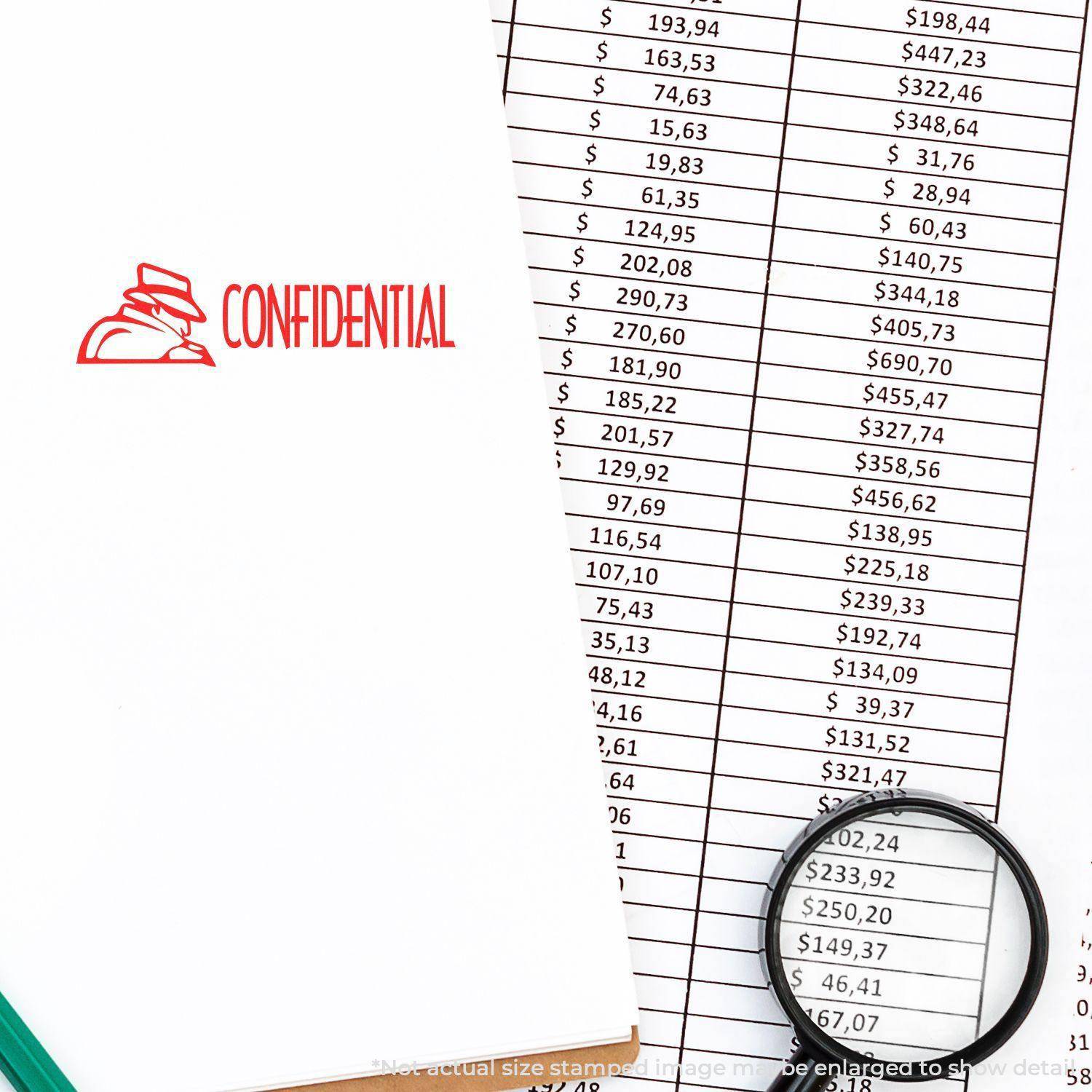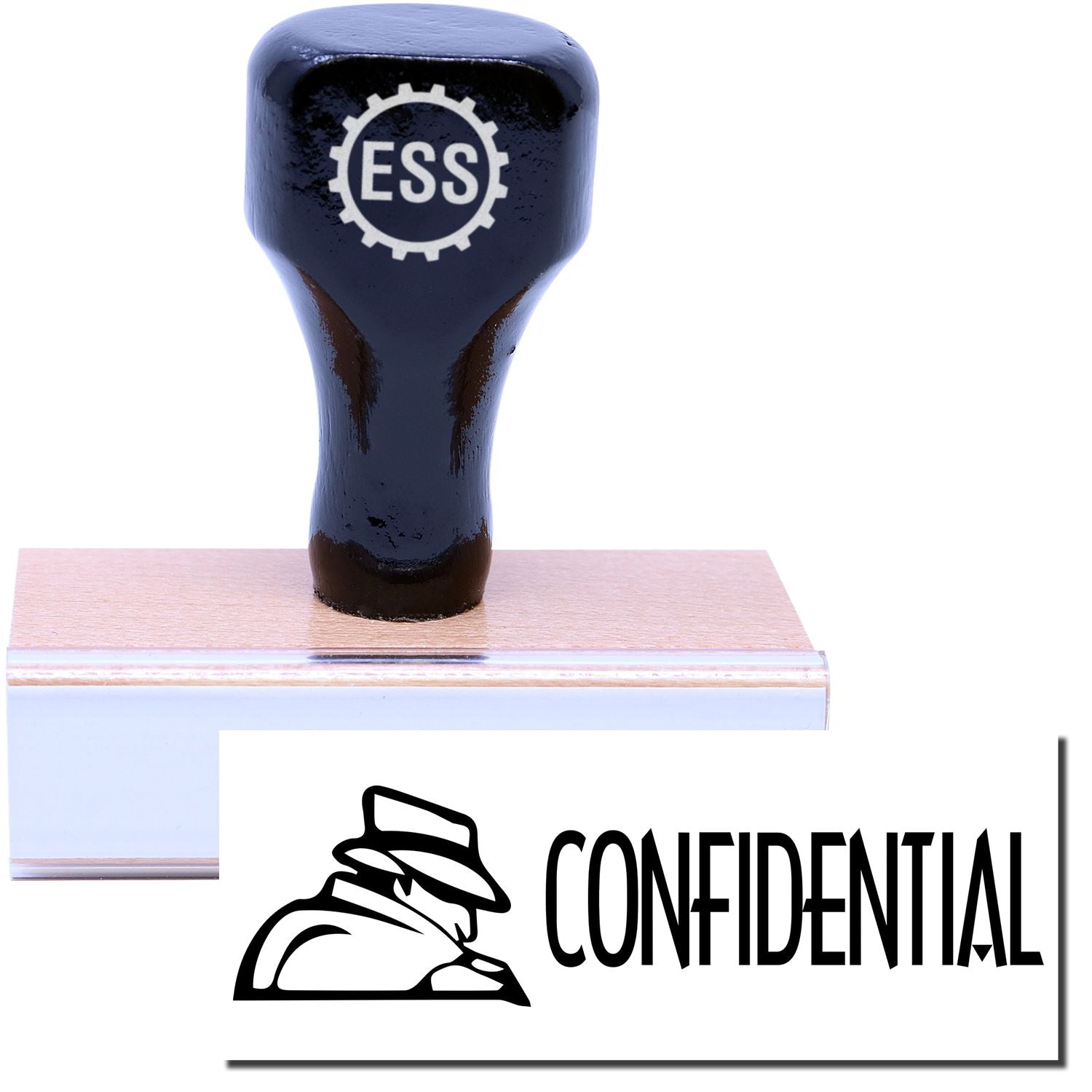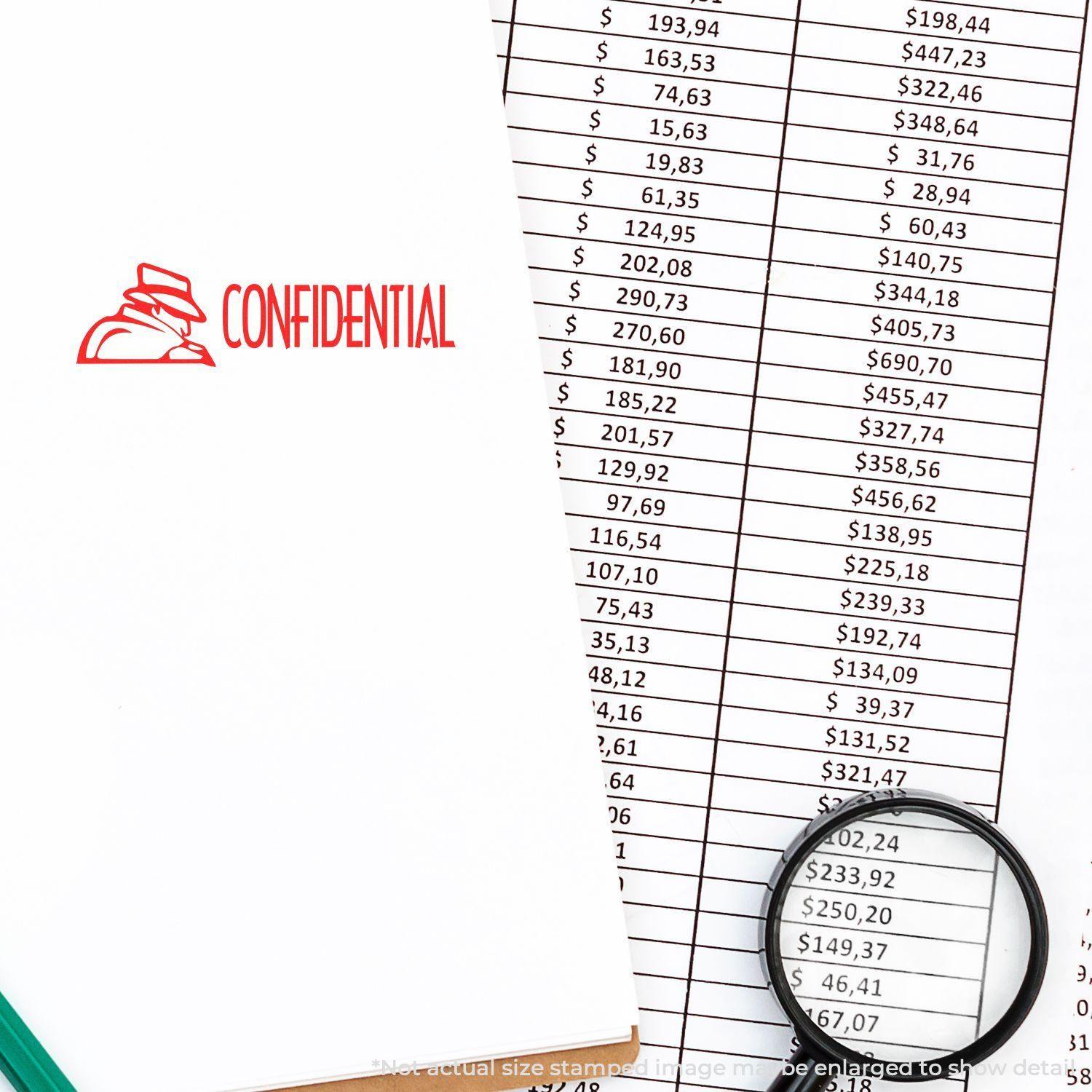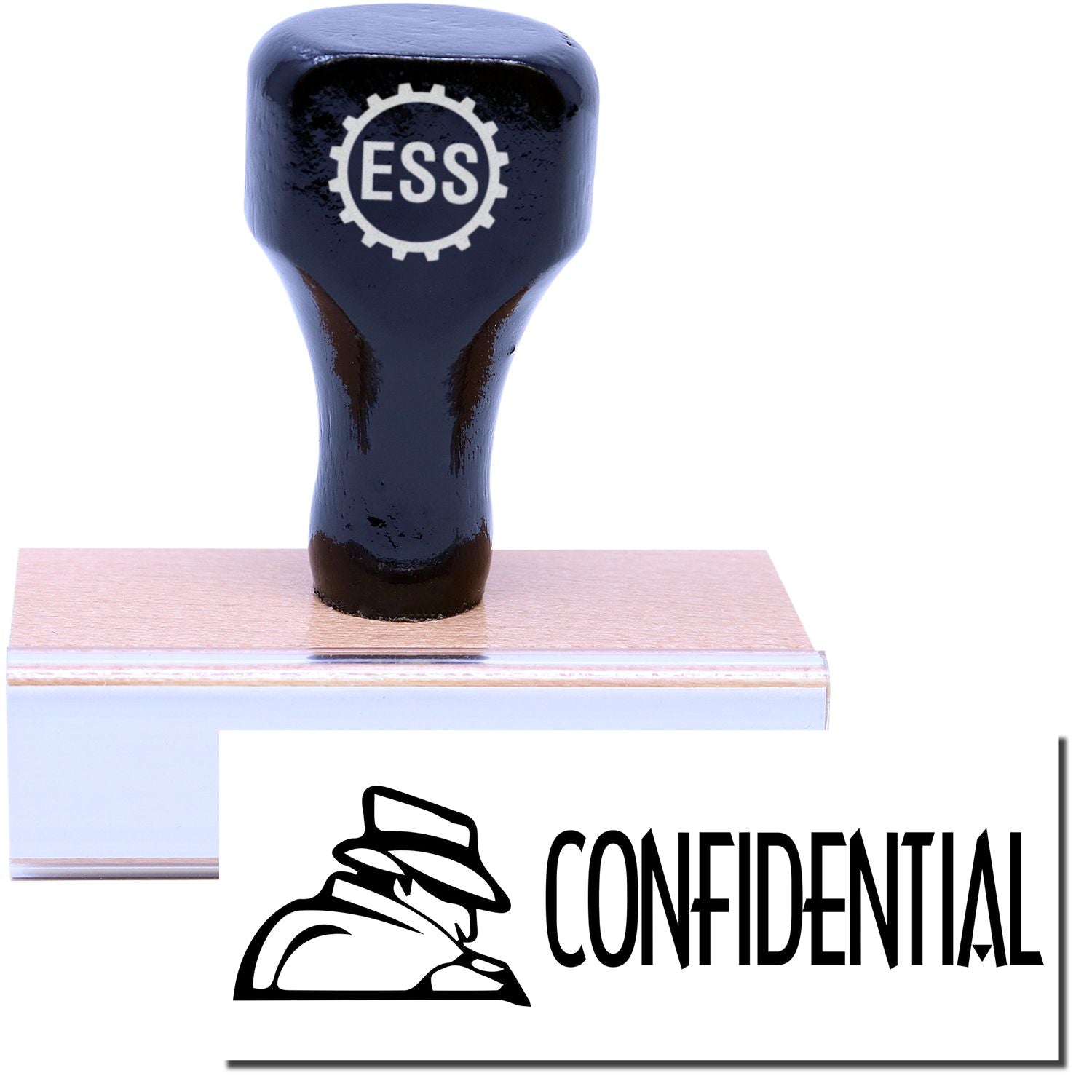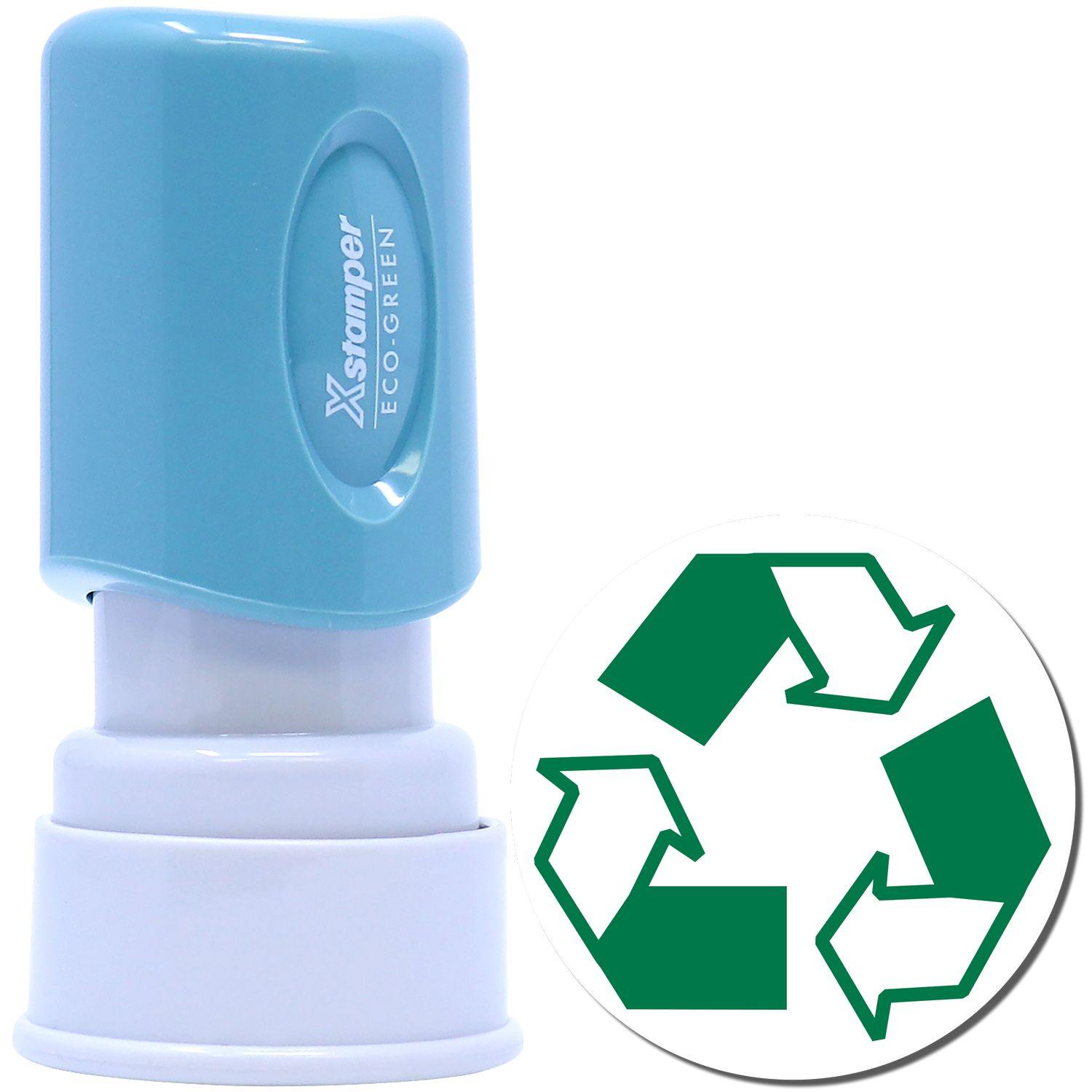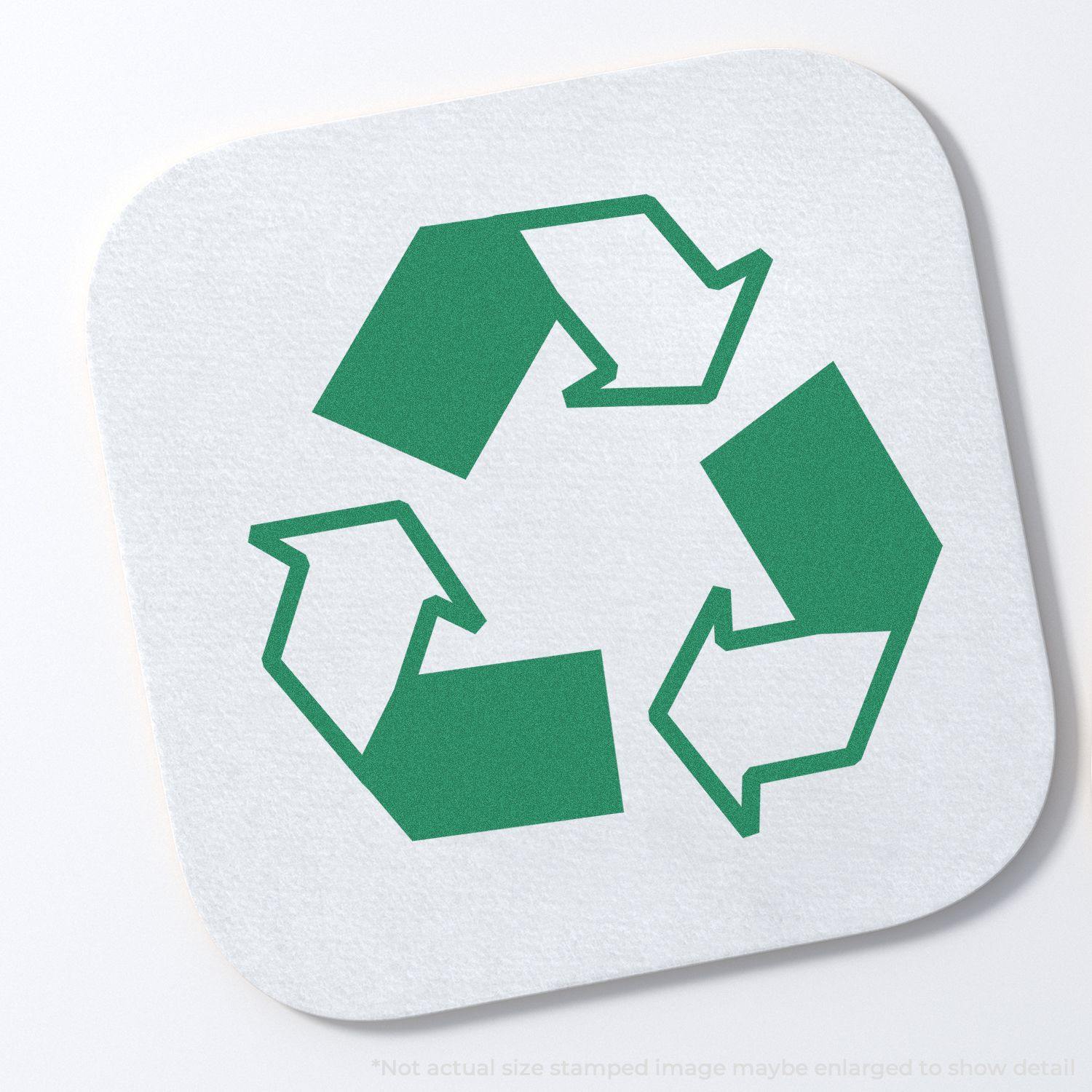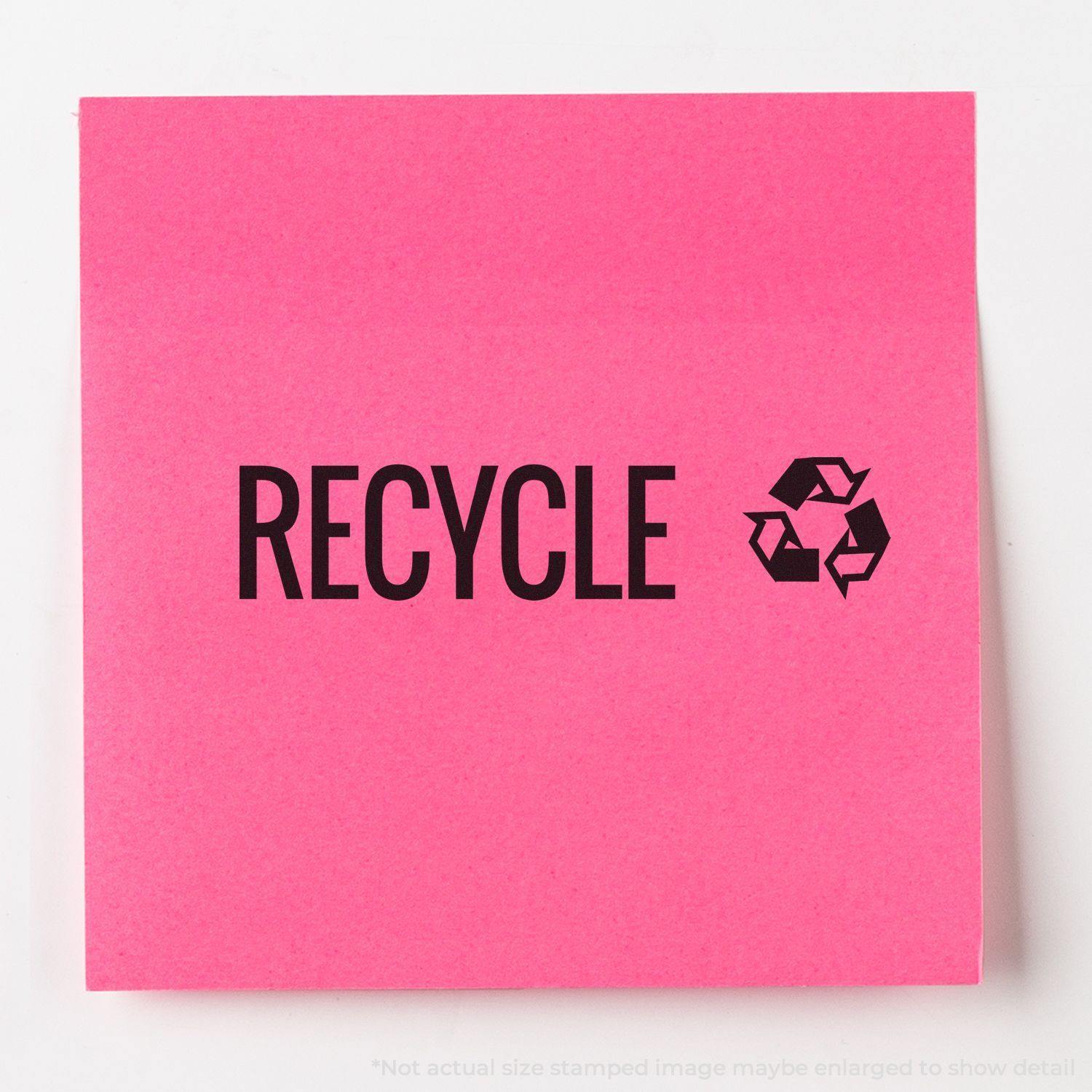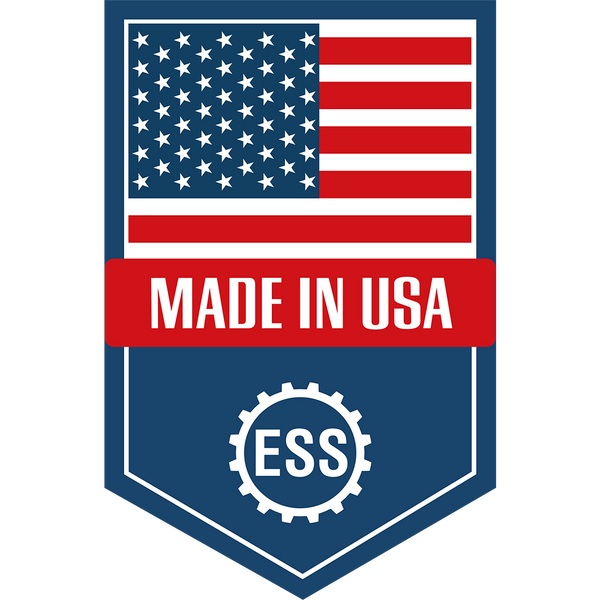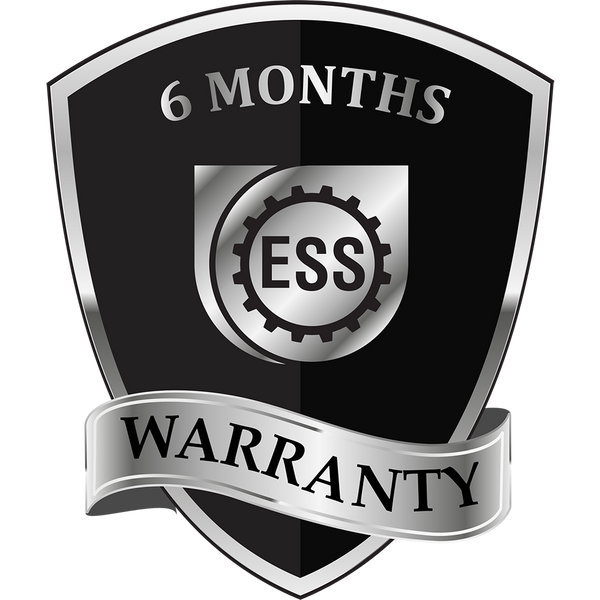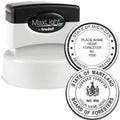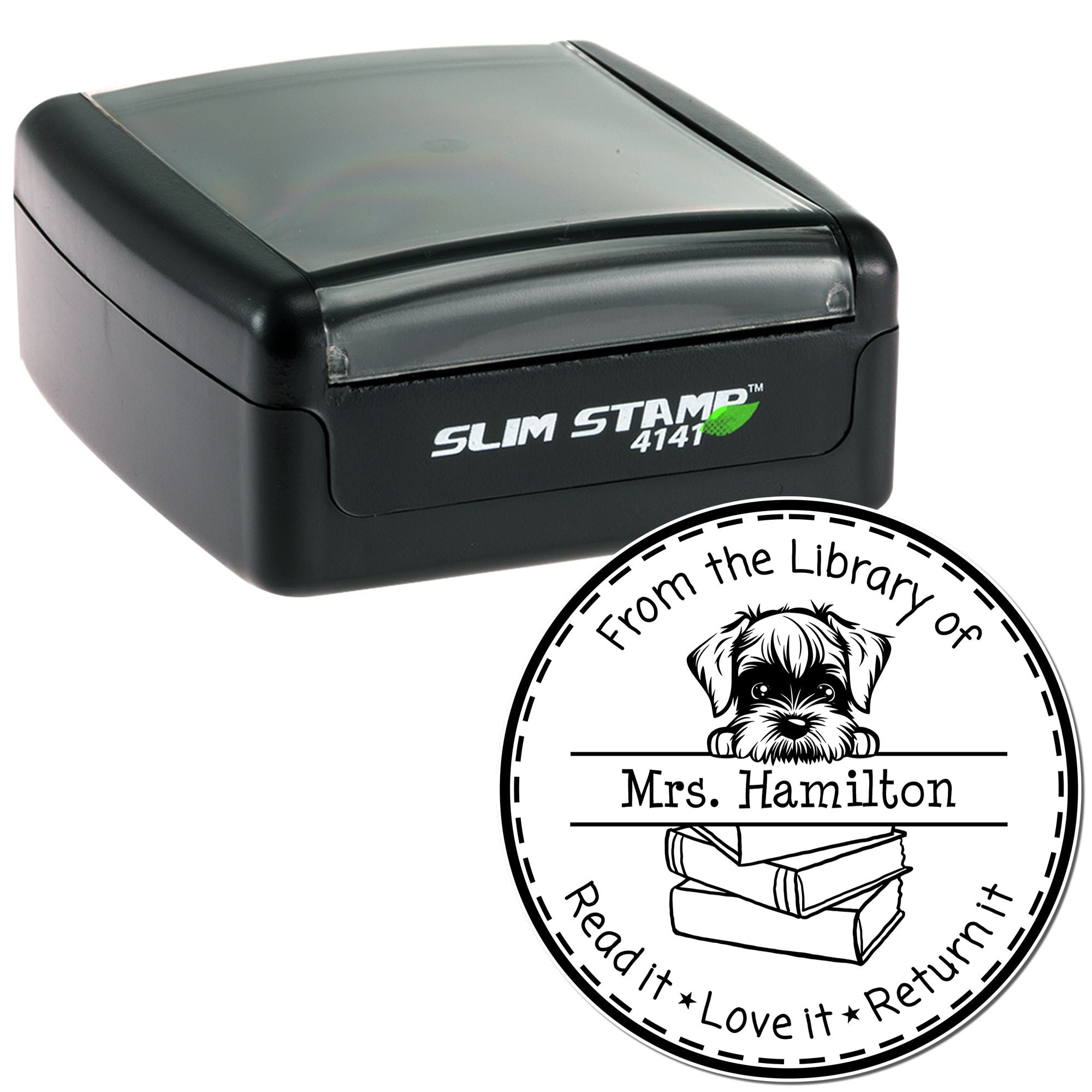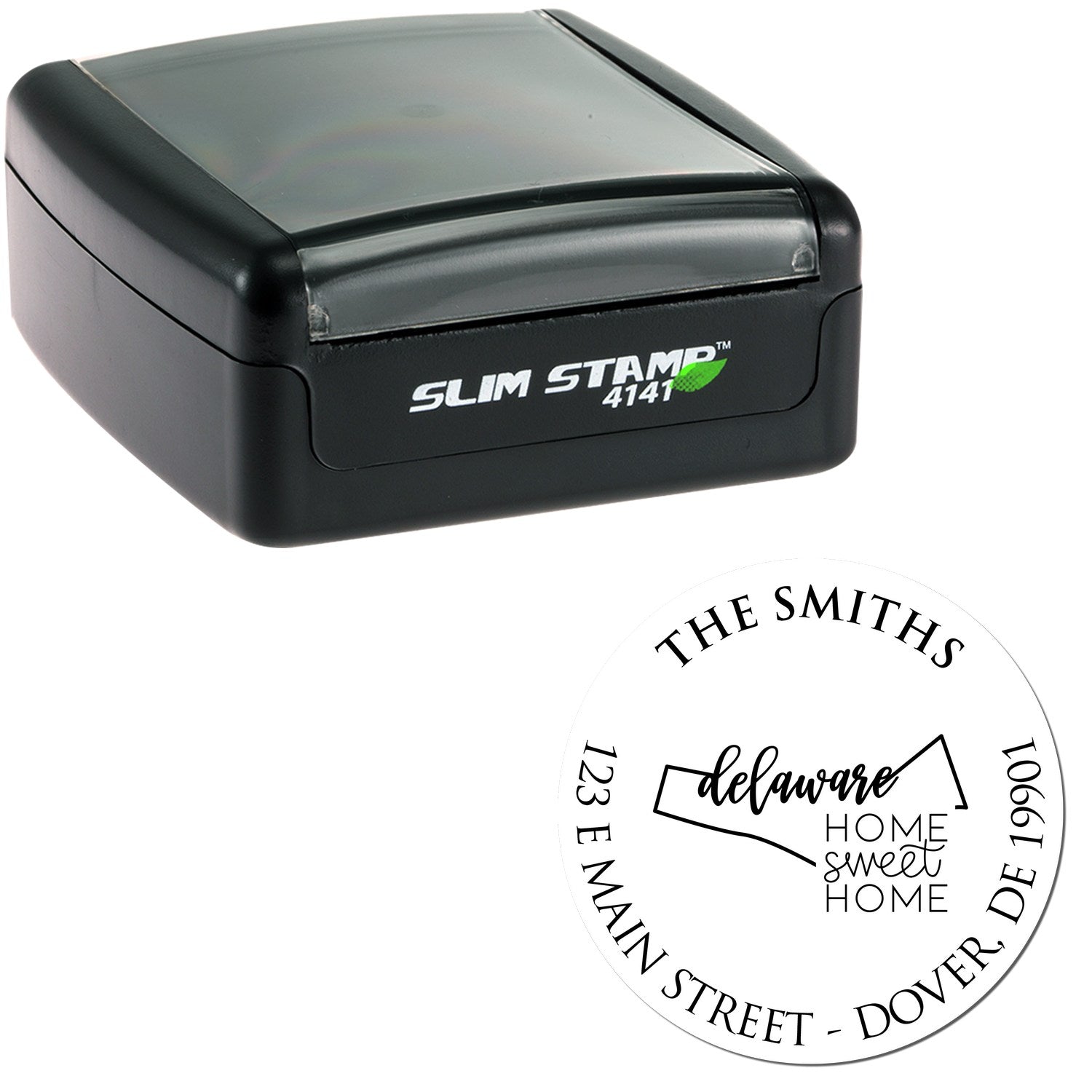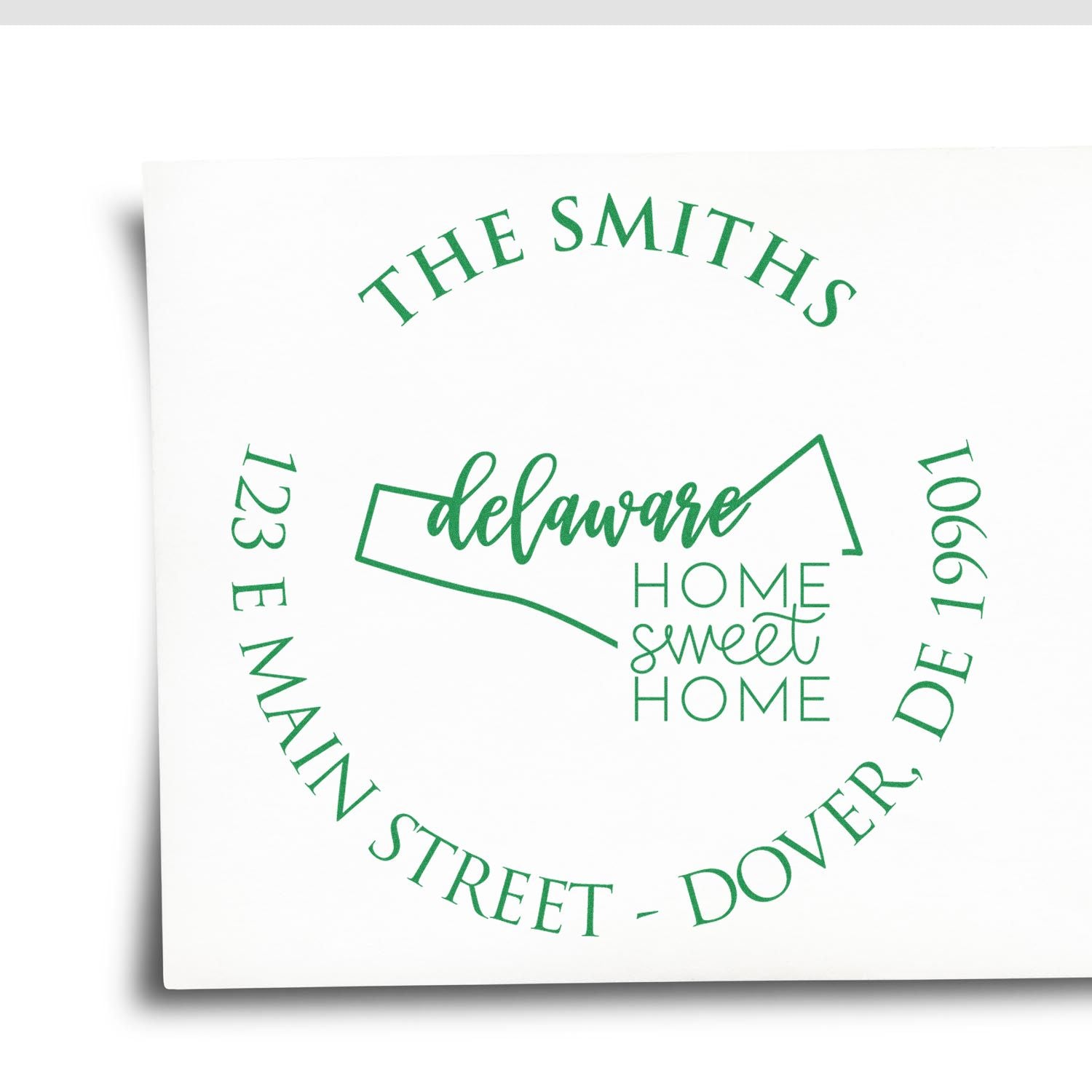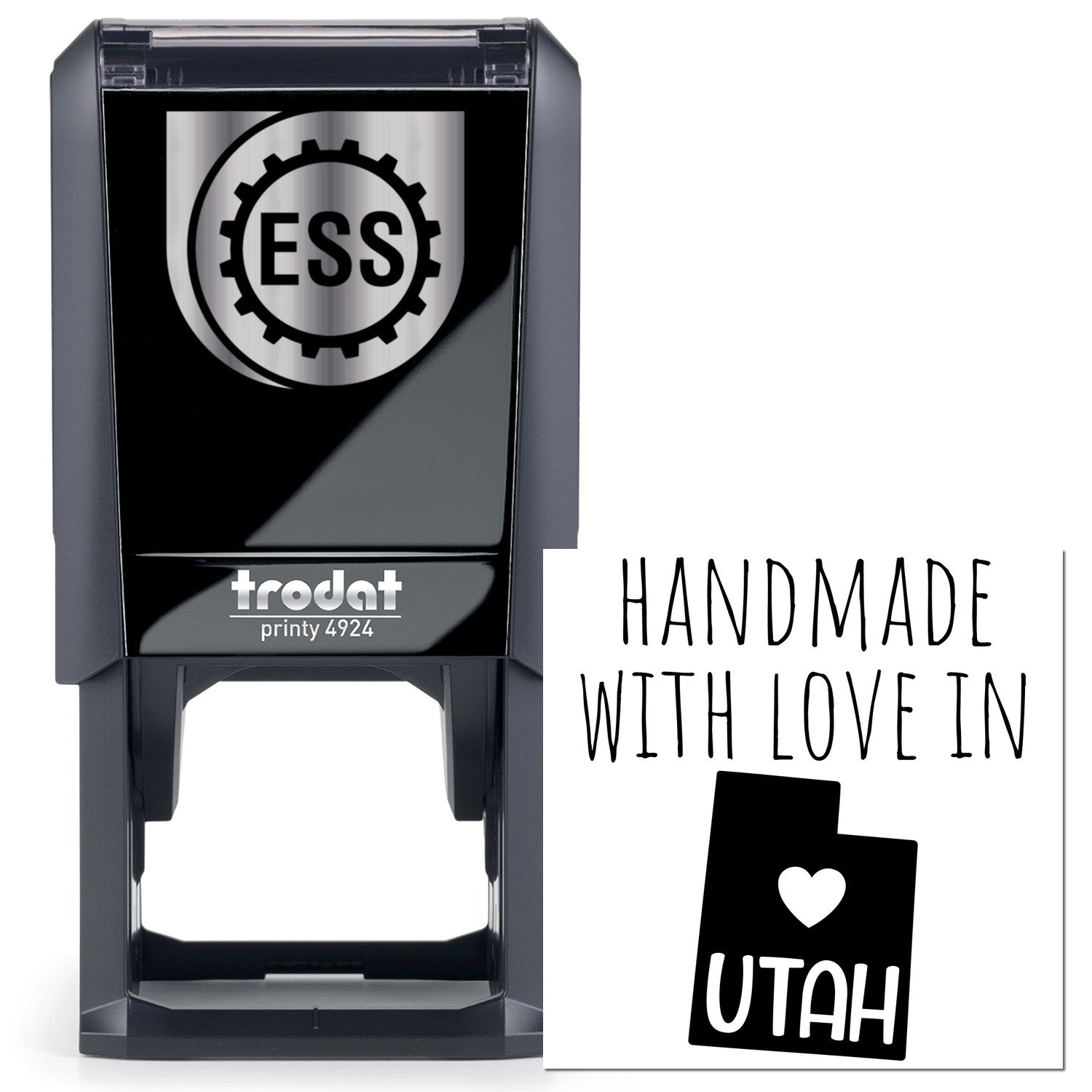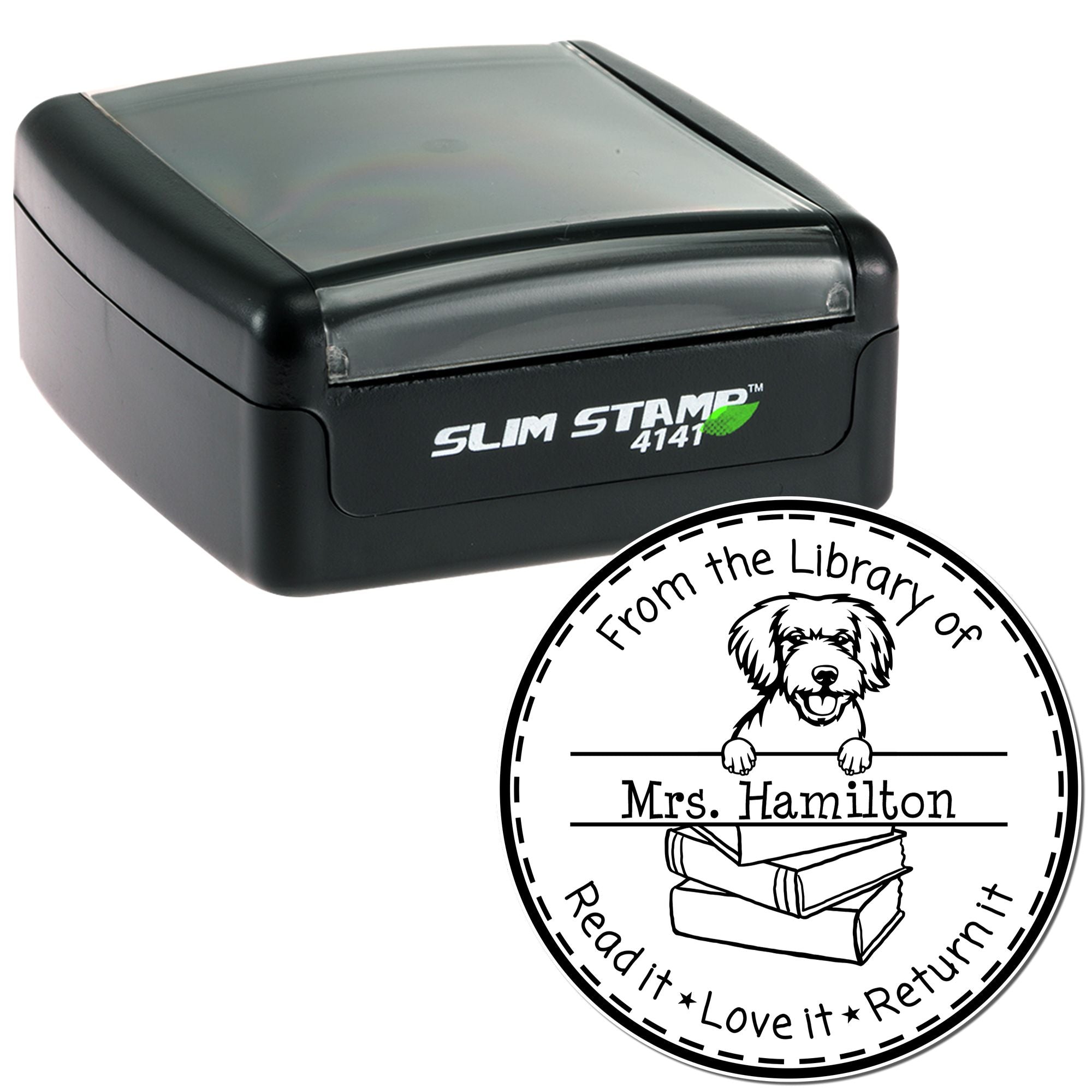Have you ever found yourself scrawling the date on countless documents, only to second-guess if you wrote it correctly? That’s where date stamps for business can save you time, frustration, and maybe even a ream or two of paperwork. Imagine stamping the date precisely within seconds: no smudges, no confusion, just a clear, professional mark. In this ultimate guide, you’ll discover how date stamps streamline your workflow, the different styles available, and the essential tips for choosing the perfect stamp for your everyday tasks.
Understand date stamps
Date stamps at their core are simple tools, but they deliver powerful results for busy workplaces. Whether you’re processing invoices, labeling shipments, or keeping track of archival files, a reliable date stamp transforms manual dating into a quick, accurate routine.
Where do date stamps fit in your workflow
Picture your typical day at the office. You might sift through a stack of letters, sign off on a few receipts, or process inventory documents. Each item calls for a clear time reference. With date stamps, you can:
- Mark incoming mail for accurate record-keeping
- Update daily logs, journals, or ledgers
- Stamp shipping labels or returned merchandise
- Verify processing dates on important forms
Instead of rummaging for yesterday’s date or scribbling the date by hand, you simply press your stamp. It’s as effortless as flipping on a light switch.
Key components of a date stamp
Date stamps vary in design, but the basic anatomy is fairly uniform:
- Date bands or wheels: Let you choose month, day, and year.
- Stamp plate or die: Displays any extra text or design, such as “RECEIVED” or your company’s name.
- Inking mechanism: Either built-in or separate, depending on the style.
When speaking with suppliers or browsing online, you’ll usually see these components described up front. Keep them in mind as you evaluate different styles.
Types of date stamps
Not all date stamps are created equal. Each type meets a specific need, so identifying the right one is crucial. Below are the three primary types you’ll encounter.
Self-inking date stamps
Self-inking stamps are a crowd favorite because they combine the stamp and ink pad into one handy unit. After each impression, the stamp flips back onto an internal ink pad. This means you can:
- Stamp multiple times without re-inking
- Minimize mess, since the ink is contained inside
- Replace the internal pad when it’s dry
These models are typically more compact and convenient. If you’re on the go or frequently moving from desk to filing cabinet, self-inking date stamps might be your best bet. For a deeper look into the benefits, check out our self-inking date stamps.
Pre-inked date stamps
Pre-inked date stamps work similarly to self-inking versions but often deliver crisper, sharper impressions. The ink is in the stamp’s die itself. This design makes them:
- Quieter to use, since there’s no flipping mechanism
- Capable of more detailed impressions
- Easy to re-ink, though it requires specific ink types
Because of the finer impression quality, pre-inked stamps are popular for smaller or more detailed logos. They can be slightly pricier but might be well worth it if you value clarity and neatness.
Traditional rubber date stamps
Think of the classic rubber stamp with a separate ink pad, and you’ve got the traditional model. They’re straightforward, sometimes more durable, and typically cost less. However, you must line up each impression on an external ink pad. This style suits:
- Low-volume or occasional stamping
- Settings where exact alignment or color variety is a priority
- Users who prefer a more old-school feel
Pairing these stamps with the right ink pad can deliver vibrant, consistent results. If you’re into a more classic approach, a custom rubber date stamp might just fit your style.
Top benefits for your business
Why bother switching from handwriting dates to stamping them? Let’s break it down:
- Consistency and clarity. Each time you press your date stamp, you get a uniform format. No more misread scribbles or inconsistent date formats.
- Time savings. If you handle a high volume of documents, stamping the date is noticeably faster than writing it out. This improvement can save precious minutes (and energy) over the course of a busy week.
- Professional appearance. Handwritten scribbles can look rushed. A neat, stamped date projects organization and consistency to customers, auditors, or anyone else viewing your paperwork.
- Reduced errors. We’ve all written the wrong date before, especially during that new-year transition. A date stamp lets you set the right date once and then apply it repeatedly.
Ultimately, date stamps for business operations help you push through paperwork quickly and confidently, ensuring each document is properly labeled.
Industry-specific applications
Date stamps aren’t just for dusty filing cabinets or hasty document approvals. Industry professionals across the board use them to keep things organized and professional.
- Accounting and bookkeeping: Use custom date stamps for accounting to mark when invoices are paid or processed.
- Notary and legal work: A custom date stamp for notary keeps official forms dated precisely.
- Shipping and logistics: Mark packages instantly with custom date stamps for shipping.
- Education and libraries: Custom date stamps for libraries and custom date stamps for schools help keep loaned items sorted.
- Retail outlets: Tag returns or new shipments with custom date stamps for retail to track inventory.
- Manufacturing plants: Record production or testing dates using custom date stamps for manufacturing.
- Offices big and small: Standard custom office date stamps handle day-to-day tasks with ease.
Essentially, any environment that deals with forms, receipts, or time-sensitive records benefits from a well-placed date stamp. You don’t have to be a massive corporation to reap the rewards. Even a home business can appear more organized when records have a clear date.
Customization tips
If you’re looking for that perfect blend of function and flair, customization takes your date stamps from ordinary to exceptional. You can tailor the text, layout, or design elements, making each impression unique. Consider these pointers when you design your own:
- Include a phrase or label, like “Received on” or “Paid.”
- Add a logo or a simple graphic to boost brand recognition.
- Choose ink colors that align with your brand identity.
- Experiment with text styles, but keep it legible.
For instance, if you want to reflect your company’s personality, you may opt for personalized date stamps that incorporate your brand colors or tagline. It’s a small detail that quietly tells others, “We take attention to detail seriously.”
Selecting the right date stamp
So how do you decide which style or features best serve your workflow? Think about the following factors to pinpoint your ideal option.
- Volume of use
- Frequent stamping: Self-inking or pre-inked models save the most time.
- Occasional stamping: Traditional stamps with a separate pad might be enough.
- Desired impression quality
- Crisp, detailed impressions: Pre-inked stamps shine here.
- Basic date marking: Self-inking or rubber stamps meet many needs.
- Document type
- Labels, receipts, or shipping forms: A more compact stamp works well.
- Official legal documents: Larger stamps or custom date stamps for documents can provide space for extra text or notary seals.
- Ink color preferences
- Black or blue for standard business needs
- Red for urgent or time-sensitive notices
- Custom colors to match brand design
- Budget and longevity
- A higher upfront cost for pre-inked stamps might save money over time if you stamp hundreds of times daily.
- Traditional rubber models with good ink pads remain a budget-friendly choice for lower-volume use.
If you still feel uncertain, you’re not alone. Many first-time buyers order a basic model, only to realize they really need text included or a certain color. Spend a bit of time rethinking everyday tasks in your office, and you’ll find the stamp that checks all your boxes.
Using and maintaining your date stamp
A date stamp can last for years if you treat it with care. Fortunately, it doesn’t require an advanced degree to keep your tool working smoothly.
Re-inking
For self-inking and pre-inked stamps, re-inking is straightforward:
- Flip your stamp to locate the ink reservoir or pad.
- Apply the recommended ink. Avoid overfilling, as it can cause blotchy impressions.
- Let the ink settle for a moment and test on a scrap piece of paper.
If you’re using a separate ink pad with a traditional rubber date stamp, just refresh the ink pad as needed. Be sure to pick the correct ink for your format; self-inking or pre-inked stamps usually require specialized solutions.
Proper storage
Keeping your stamp in a clean, dry spot ensures minimal wear and tear. If you anticipate a long gap between uses, consider storing it in a small container to prevent dust buildup. Also:
- Keep it away from direct sunlight or heat.
- Store it upright to avoid accidental ink leakage.
- Test it on a piece of paper once in a while to maintain free-moving date bands.
A little attention to basic upkeep can extend your date stamp’s life significantly.
Why choose Engineer Seal Stamps?
Selecting the right supplier can feel as significant as choosing the right stamp design. At Engineer Seal Stamps (ESS), you’ll find more than just products. We offer:
- Top-quality date stamps with crisp impressions and durable construction
- Rapid delivery, so you can start using your date stamp sooner
- A wide selection of custom date stamps to meet any professional or personal need
- A team of friendly experts to guide you through questions about size, ink color, or specialized designs
We know you’ve got deadlines and daily tasks that can’t wait. That’s why we work hard to get your stamp to you quickly without sacrificing on build quality.
Frequently asked questions
Below are some of the most common questions that pop up when people think about adding date stamps to their office arsenals.
-
How accurate are date stamps for daily use?
Date stamps are very accurate as long as you rotate to the correct date bands. If you get into the habit of updating it each morning, you’ll rarely encounter an error. What’s the difference between self-inking and pre-inked stamps?
Self-inking stamps have a built-in pad that flips against the die after each impression. Pre-inked stamps carry ink in the die itself. Pre-inked stamps typically offer a crisper image, while self-inking stamps are slightly faster for high-volume tasks.Can I customize a stamp with my business logo?
Absolutely. You can add text, logos, or simple graphics to create a unique impression. Check out your choices for a custom office date stamp to explore branding options.How often should I replace the ink pad?
That depends on how frequently you stamp. Generally, if you notice faded or patchy impressions, it’s time to re-ink or replace the pad.Are date stamps only useful for big companies?
Not at all. Even a solo freelancer can benefit from quick, organized date-marking on client files, receipts, or day-to-day paperwork.What if I need a specific layout or color?
That’s where custom options shine. You can design the layout you need, pick the ink color you want, and create a stamp that fits your exact requirements.
When you’re ready to speed up your paperwork routine and present a uniform, polished image, make date stamps a part of your toolkit. With the right design, your office papers transform from scattered to streamlined—and you’ll free up energy to focus on tasks that really matter. Whether you’re a budding entrepreneur or a seasoned office manager, investing in a quality date stamp can be your next step toward a more efficient, organized workplace. And remember, at Engineer Seal Stamps or ESS, we’re standing by to help you pick the ideal stamp with the right style, features, and, of course, a date that’s spot on. Happy stamping!
